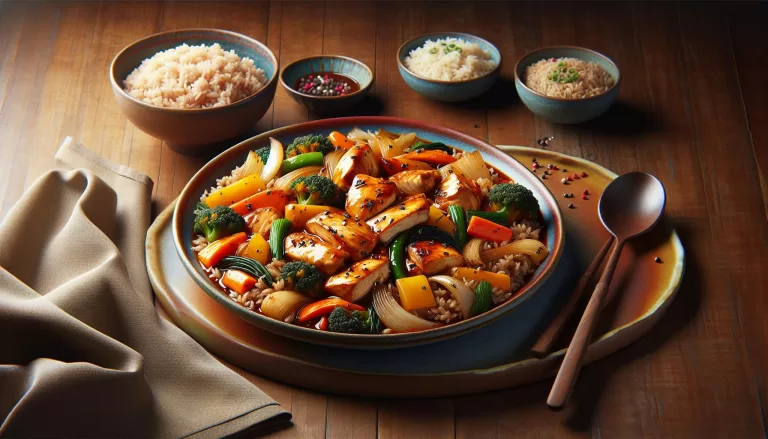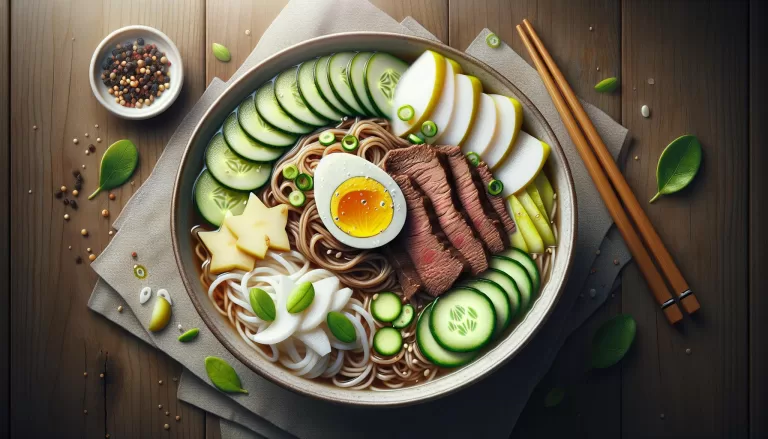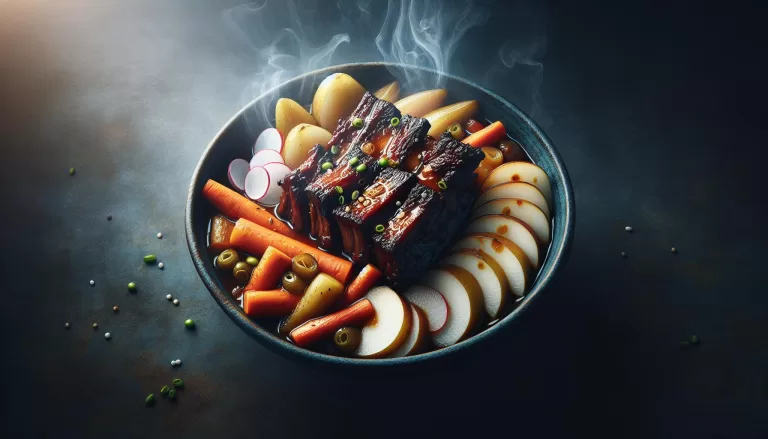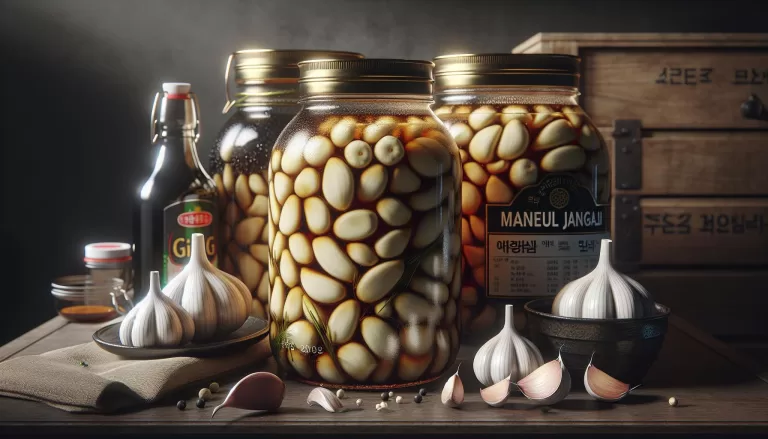History of Kimchi: All You Need To Know

Are you a kimchi lover? If you are, then this post is for you. Rice, fish, vegetables, and meats make up the majority of Korean cuisine, particularly for South Koreans. Dairy products are not part of the traditional Korean diet. The amount of side dishes that accompany steam-cooked short-grain rice gives traditional Korean meals their names.
This article is about kimchi, a type of Korean side dish. Almost every Korean dish includes kimchi. Discover the things you need to know about Kimchi. Continue reading if you’re interested in learning more about the origins of Korean kimchi.
History of Kimchi

What Is Kimchi?
Kimchi is a salted and fermented Korean side dish made from pickled vegetables including fermented cabbage (napa cabbage) and Korean radish. Seasonings such as gochugaru or Korean chili powder, garlic, spring onions, ginger, and jeotgal or salted fish, among others, are included in making Kimchi. Kimchi is also a popular ingredient in soups and stews. It is commonly served as a side dish with practically every Korean meal as a staple delicacy in Korean cuisine.
There are numerous varieties of kimchi created with various vegetables as the key ingredients. Winter kimchi, known as kimjang, was traditionally stored in the ground in big earthenware fermentation jars known as onggi to avoid freezing during the winter season and to stay cool enough to slow down the fermentation process during the summertime. The containers are also preserved outside on jangdokdae, or unique terraces. Household kimchi fridge is becoming more popular lately.
Early History
The pickle jar used to ferment vegetables is mentioned in Samguk Sagi, a historical document of the Three Kingdoms of Korea, indicating that pickled vegetables were popular at the time. During the Silla period, around 57 BC – AD 935, kimchi became popular as Buddhism spread across the country, motivating people to live a vegetarian diet.
Prior to using refrigerators, pickling vegetables was an excellent method for extending the shelf life of foods. During the winter season in Korea, kimchi was created by fermenting vegetables and burying them in the ground in traditional brown ceramic pots known as onggi. This task also strengthened female bonding within the family.
Slicked-radish kimchi pickled in brine became popular around the end of Unified Shillan and the start of Koryo. Around 1500, chili was imported to Korea, and it was used in the process of making kimchi. Red pepper powder and chotkal (fish or shellfish paste) became popular additions in kimchi during the late Choson dynasty. Chotkal made of anchovies was popular in the south, while croaker and shrimp chotkal were more popular in the north. The taste of kimchi was also modified by the climate variances of each place. Chotkal and chili powder were used in huge volumes in hot climates to keep kimchi from spoiling. Kimchi made in cooler climates, on the other hand, was less salty and aromatic. Many companies now mass-produce kimchi.
Modern History
The Korean government intended to provide supplies for its troops during the Vietnam War, the industrialization and commercialization of kimchi output became increasingly essential. The South Korean officials requested American assistance to ensure that starving South Korean forces could receive food in the war.
Korea complained against Japanese commercial kimchi production in 1996, claiming that the Japanese product, kimuchi, was not the same as kimchi. Kimchi in Japan, in instance, was not fermented and tasted more like asazuke. Korea appealed for an international standard from the Codex Alimentarius, an organization affiliated with the World Health Organization that sets voluntary food preparation guidelines for international trade.
The Codex Alimentarius released a voluntary criterion in 2001 that defined kimchi as a fermented food that uses salted napa cabbages as its major ingredient combined with seasonings, such as salt, etc., and goes through a lactic acid production method at a low temperature, however, it did not indicate a minimum amount of fermentation or restrict additives usage. Kimchi exports in Korea increased when the kimchi standard was adopted, but so did kimchi production in China and the import of Chinese kimchi into Korea.
Scientists from South Korea produced a unique low-calorie, vitamin-rich “space kimchi” in 2008 for Yi So-yeon, the first Korean astronaut. The kimchi was bacteria-free, unlike the traditional Kimchi, which needs bacteria for fermentation. It was believed that cosmic rays would cause the bacteria to mutate.
In 2010, the price of kimchi ingredients and kimchi itself increased dramatically due to heavy rains that delayed the harvesting period for cabbage and other key ingredients for kimchi. The price increase was regarded as a national issue in Korean and international media. The South Korean government approved a temporary reduction in taxes on imported cabbage to correspond with the kimjang season in response to the kimchi price crisis.
Through principles followed, the Chinese government has completely banned the import of Korean kimchi since 2012. China classified kimchi as a variant of one of its own cuisines, pao cai, discarding the Codex Alimentarius’ kimchi specifications. However, kimchi has considerably more lactic acid bacteria than pao cai due to significantly distinct preparation processes, which exceeds China’s limits throughout the fermentation process. There is no commercial exports of Korean kimchi to China by 2012. The only limited exports of Korean kimchi to China are for exhibit events.
The ISO or International Organization for Standardization issued new regulations for the production of pao cai in November 2020. In the same month, BBC News stated that the new ISO criteria was an international standard for the kimchi industry led by China, according to Chinese news channel, Global Times. This generated outrage among South Korean media and citizens, as well as replies from some Chinese citizens who said China had the right to own Kimchi.
After the war of words between the two countries, Global Times, however clarified that it was just a misinterpretation of translation, and stated that Kimchi is type of fermented cabbage dish that plays an important role in Korean cuisine. Whereas pao cai, or Sichuan pao cai, is a type of pickled vegetables that are well known and originated in Southwest China’s Sichuan Province, but are ow popular in most regions of Northern China as well.
Ingredients Of Kimchi
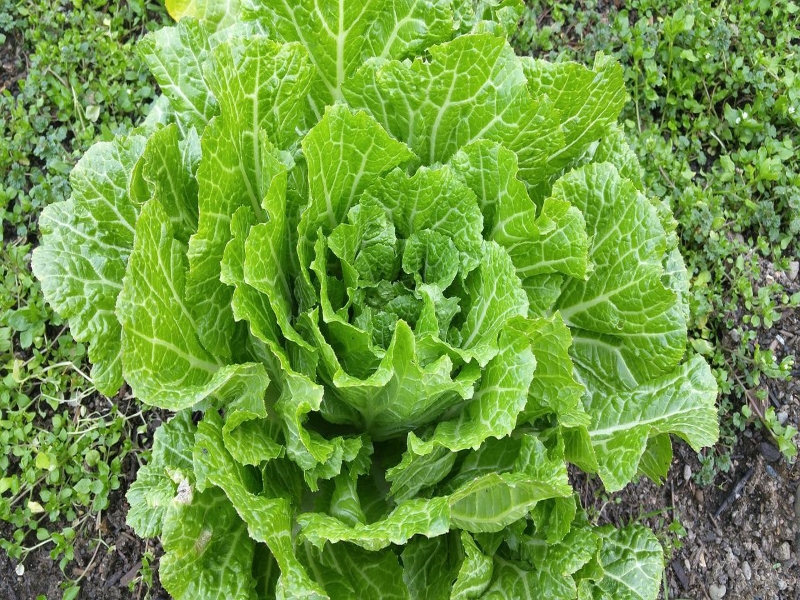
Vegetables
The most common kimchi vegetables are cabbages, particularyly napa cabbages, bomdong, headed cabbages, and radishes, such as Korean radishes, ponytail radishes, gegeol radishes, yeolmu radishes. Other vegetables in making also consist of aster, burdock roots, balloon flower roots, cilantro, celery, cucumber, chamnamul, cress, crown daisy greens, eggplant, garlic chives, garlic scapes, ginger, Korean wild chive, Korean angelica-tree shoots, Korean parsley, lotus roots, onions, mustard greens, perilla leaves, bamboo shoot, momordica charantia, radish greens, pumpkins, rapeseed leaves, seaweed, scallions, soybean sprouts, tomatoes, spinach, sugar beets, and sweet potato vines.
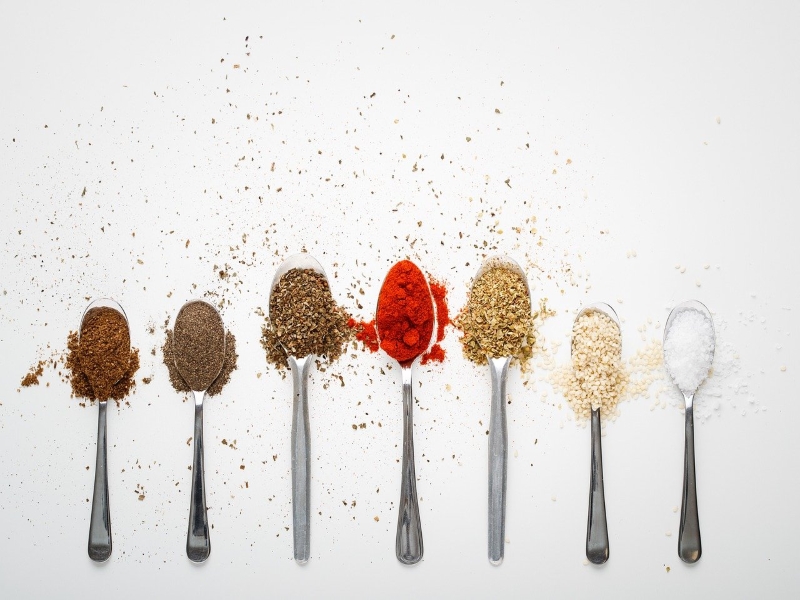
Seasonings
Brining salt is mostly used for pre-salting kimchi veggies. It allows fermented foods produce tastes because it is little processed. When creating spicy kimchi, cabbage is frequently salted twice.
Gochugaru or chili powder, scallions, ginger, garlic, and jeotgal or salted seafood are the typical seasonings used. In the colder northern regions of the Korean peninsula, raw seafood can be substituted for jeotgal. In the Northern and Central regions, milder saeu-jeot or salted shrimp, or jogi-jeot salted croaker is preferable, and the quantity of jeotgal is also lessen. Stronger myeolchi-jeot or salted anchovies, and galchi-jeot or salted hairtail are oftentimes used in Southern Korea. While on the East coast, raw seafood or daegu-agami-jeot (salted cod gills) are prominent.
To add flavor to the kimchi, fish sauce, salt, garlic, scallions, and sugar are typically used.
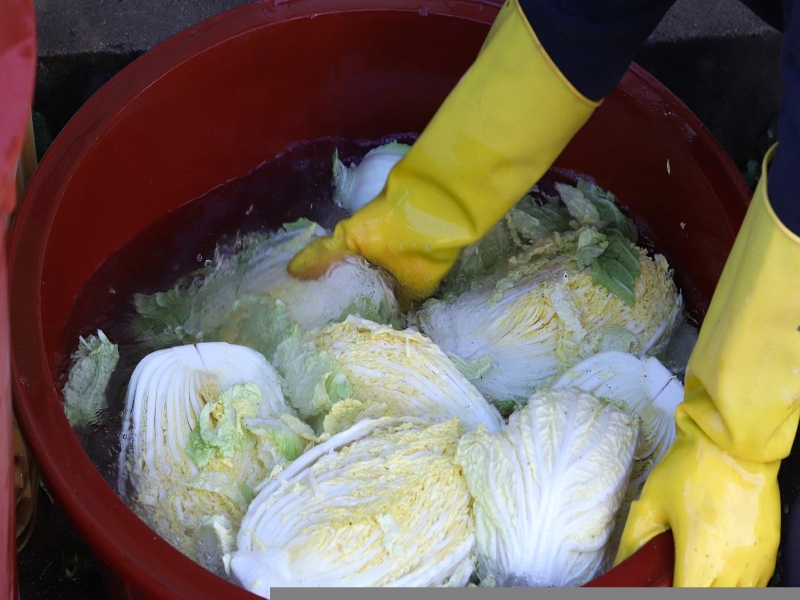
How To Make Kimchi
Ingredients
- 1 medium-sized napa cabbage
- 4 medium sized scallions
- 8 oz Korean radish or daikon radish, peeled and cut.
- 1/4 cup iodine-free sea salt or kosher salt
- Water
- 1 tbsp grated garlic
- 1 tsp grated peeled fresh ginger
- 1 tsp granulated sugar
- 2 tsp fish sauce or salted shrimp paste
- 1 to 5 tbsp Korean red pepper flakes (gochugaru)
Instructions
- Using a knife, the cabbage by cutting it lengthwise through the stalk into quarters. Remove the cores from each of the pieces. Cut each quarter into 2-inch-wide strips crosswise.
- In a large bowl, put the cabbage and sprinkle salt over the cabbage. Rub the salt into the cabbage with your hands until it begins to soften. Cover the cabbage with enough water to cover it. Place a plate on top of the cabbage and weight it down with something heavy. Set aside for 1 to 2 hours.
- Wash the cabbage under cold water for 3 times. Allow 15 to 20 minutes to drain in a colander. Make the spice paste in the meantime.
- To make the paste, wash and dry the mixing bowl you used for salting. Combine the garlic, ginger, sugar, shrimp paste, fish sauce, or water. Then, stir in the gochugaru, if you want a mild flavor, add 1 tablespoon of it, if you want spicy, you can add up to 5 teaspoons. Set aside till your cabbage is ready.
- Squeeze out any excess liquid from the cabbage and combine it with the spice paste. Then, add the radish and scallions. Gently mix the paste into the veggies with your hands until they are well coated. Gloves are not required, however they are highly suggested to protect your hands from stings, discoloration, and scent.
- Fill a 1-quart container halfway kimchi. Press down on the kimchi till the brine (liquid) rises to cover the veggies, leaving at least 1 inch of room at the top. Close the jar.
- Ferment the kimchi for 5 days. Put a basin or plate underneath the jar to catch any spills. Allow 1 to 5 days for the jar to sit at room temperature out of direct sunshine. Inside the jar, bubbles may appear, and brine may seep out of the lid.
- Assess the kimchi everyday, open the jar and gently press down on the vegetables using spoon to keep them submerged in the brine. Transfer the jar to the fridge when the kimchi is ripe enough to your liking. You have the option to eat it right immediately, but it’ll taste best in a week or two.
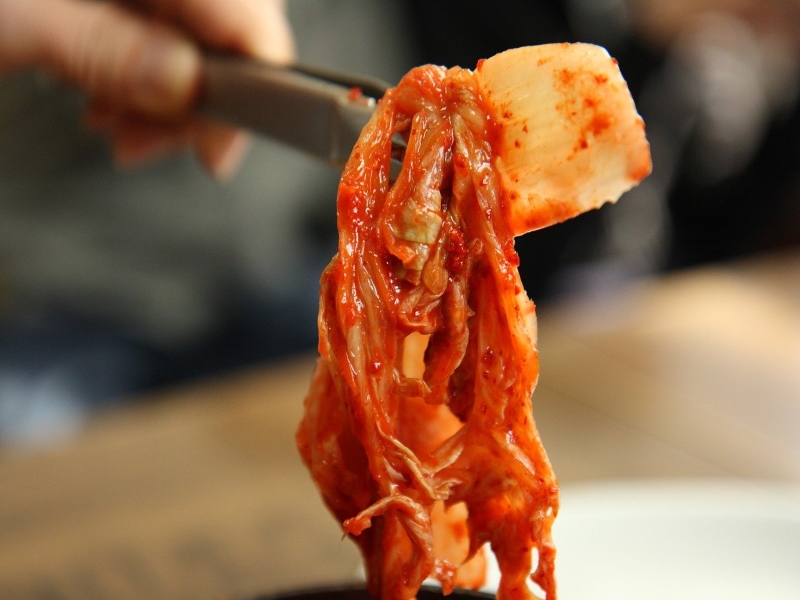
Health Benefits Of Kimchi
Kimchi is packed with vitamins, minerals, and antioxidants that can give significant health benefits. Since it is produced from a variety of vegetables, it also has a high nutritional fiber content and low in calories. Vitamin A, thiamine (B1), riboflavin (B2), calcium, and iron are all found by the vegetables used in kimchi. Kimchi is also high in vitamin K, which aids in blood clotting and prevents brittle bones.
Choline, a natural chemical present in kimchi, is essential for the health of your muscles, cells, neurological system, and even your mood. Choline is also necessary for memory maintenance.
